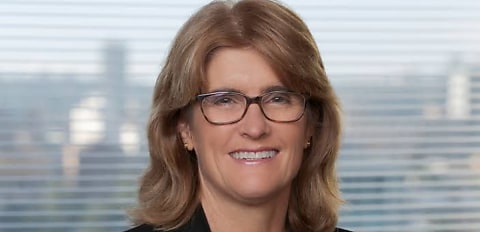Following the Reserve Bank of Australia’s (RBA) decision to once again hold the official cash rate at 4.35 per cent, RBA governor Michele Bullock addressed the board’s rate hike and cut considerations in the post-meeting press conference.
The RBA has held onto this rhetoric of “not ruling anything in or out” for quite some time now and, when asked if board members had debated or discussed raising or cutting interest rates, Bullock said that the September meeting “didn’t explicitly consider an interest rate rise”.
“The format of the meeting was slightly different,” Bullock said.
“The way we framed the discussion was really around what had changed since August, and what would we need to see to go either a raise in interest rates or a lowering in interest rates. There wasn’t an explicit alternative in the sense that I’ve talked about in the past.”
Bullock said that the flow of data that had emerged since the August meeting was “mixed enough” for board members to not change their view from then, however, reiterated that the board does not see interest rate cuts in the near term.
ANZ head of Australian economics Adam Boyton said that the RBA had “retained its hawkish tone” to the post-meeting statement, however, did not change the view that the first rate cut will be in February 2025, with the cash rate eventually reaching 3.6 per cent by the end of the year.
“Risks around the timing of the rate cut cycle currently appear skewed toward a later start. We do not expect the Board to act on its tightening bias, which we judge to not be quite as strong as in August,” Boyton said.
The governor addressed the recent rate cut seen by the FOMC – which had recently cut their rates by 50 bps – and whether or not borrowers here will see the same result.
She said: “The first point I’d make here is that Australia can set interest rates to its own domestic circumstances. We have a floating exchange rate, so we are able to do that.
“Economic circumstances are a little different than they are overseas, so some [countries]… New Zealand [and] Canada, for example, are seeing quite sharp rises in their unemployment rates. The United States is a little different as well.
“It’s seeing inflation… come down further than we are at the moment, their disinflation process is further advanced than ours.”
Bullock further said that most advanced economies had their official interest rates up “over 5 per cent” and board members observed how restrictive some of those countries are in comparison to Australia.
“We’re restrictive, but we think they’re more restrictive than us, and so they’re removing some of their restriction because they’re seeing disinflation and they’re seeing their labour markets respond as well,” Bullock said.
“We’re yet to see some of that, but we didn’t go up as far as other countries… we haven’t seen the same deterioration in the labour market.”
[RELATED: Restrictive policy to stay until inflation moves towards target]

